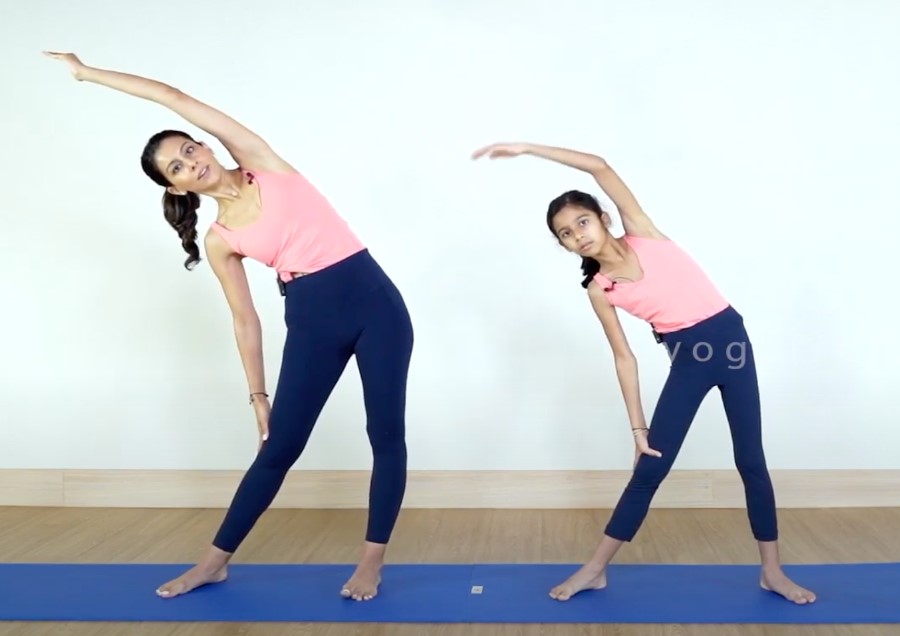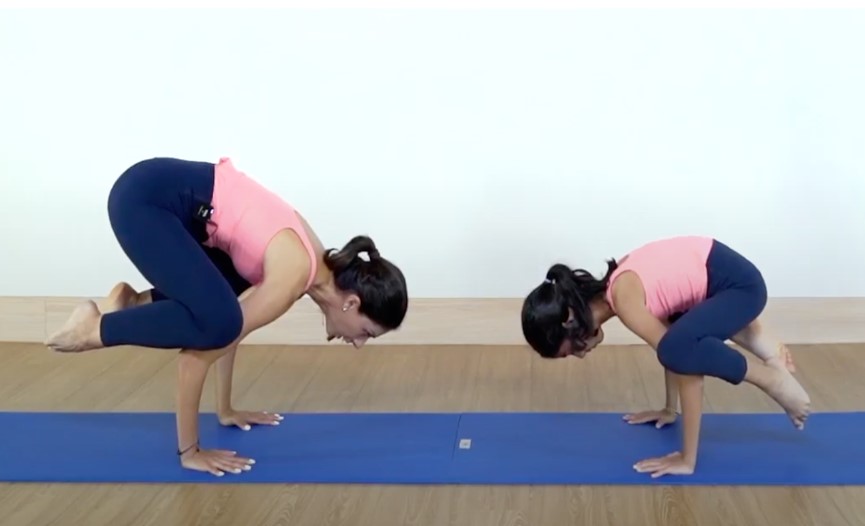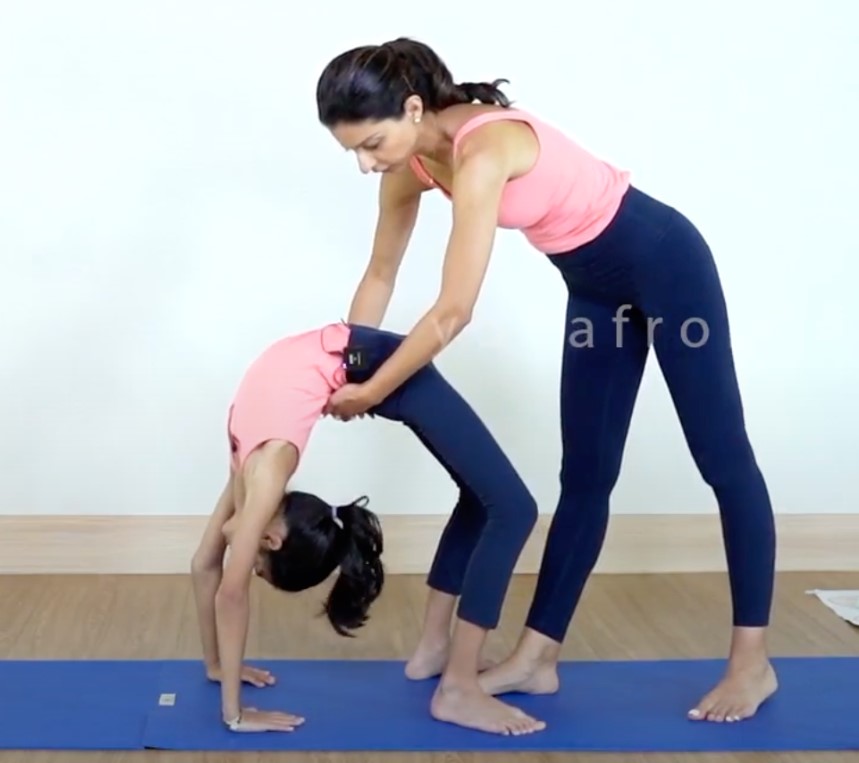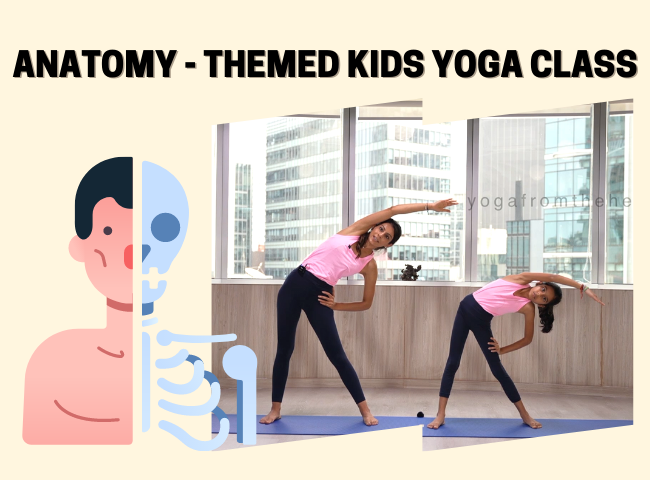The human anatomy is a great theme to do for a kids’ yoga class. Through this theme, we can teach kids about all the muscles in our bodies and how each one helps us in our everyday lives. As we pay attention to every part of our body whilst practicing the poses, they will begin to develop a connection between their mind and body and become more aware of their own body and how it functions.
Did you know we have over 600 muscles and 206 bones!
Your body produces 25 million new cells every second!
We start every yoga sequence by highlighting the importance of our breath because by simply changing the way we breathe can change the way we feel. When we teach children how to control their breathing, we give them the ability to control their reactions to any situation, relieve stress, and calm the mind & body.

We introduce and explain the role of our diaphragm as being the most important muscle used to breathe. Its located just below the lungs and is large and dome-shaped. In order to practice this breathing technique, begin with sitting up nice and tall, as you breathe in visualize your diaphragm moving downwards, pushing your belly to expand outwards, and as you exhale feel your diaphragm move upwards. Repeat this a few times. Alternatively, you can have the children lie on their backs placing a stuffed toy on their bellies. As they inhale their belly rises and as they exhale their belly contracts. Most kids develop a habit of fast and shallow breath that stimulates the sympathetic nervous system and reduces fresh oxygen flow throughout the body. Therefore, practicing diaphragmatic breathing can help relax the nervous system, reduce stress, and strengthens the immune system.
Below are just a few poses you can introduce in an Anatomy themed yoga class.
Arm Rotations
Stand with your legs shoulder width apart and begin to rotate your arms 10 times clockwise and 10 times anticlockwise. Our shoulder is also known as the scapula, it is a ball-and-socket joint that allows us to perform a wide range of movements.

Stand with your legs shoulder-width apart. Place your hands at the side of the body. Slowly bend the body to one side and slide your hand down the leg until you feel a stretch on the opposite side. Hold for 10 seconds and repeat on the other side. When we laterally stretch we stretch the intercostal muscles. These are the muscles between the ribs that help support the ribs.
Stand with your legs shoulder width apart and arms extended in front with the palms facing down, then twists to one side moving your arms back and turning your head to look behind you. Our spine lets you twist and bend, and it holds your body upright. It also protects the spinal cord, a large bundle of nerves that sends information from your brain to the rest of your body. It’s made of 33 bones and these bones are called vertebras.

Squat down and place your hands flat on your mat about shoulder-width apart with the fingers spread wide. Lift the hips up whilst you bend your knees and lift the heels off the floor so just the balls of the feet are down. Press the knees in to the backs of the triceps and begin to shifting your weigh forward to the fingertips, picking one foot at a time off the floor. Keep your gaze just between the hands to maintain balance. This pose helps to strengthen your arms. There are 3 bones in your arm; Humerus, Radius and Ulna.

Lie on your back and bend both knees, then place your feet flat on the floor. Bend your elbows and place the palms of your hands on the floor beside your head with your fingers pointing toward your shoulders. Press the feet and hands into the floor and, as you exhale, lift the hips up and straighten the arms. This pose stretches your abdomen, opens the chest & shoulders. It also strengthens your back muscles and improves spinal flexibility.
Join Master Dyana’s Kids Yoga Class At Anahata Yoga Hong Kong.


















 Other
Other